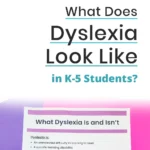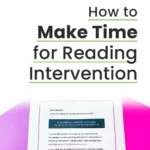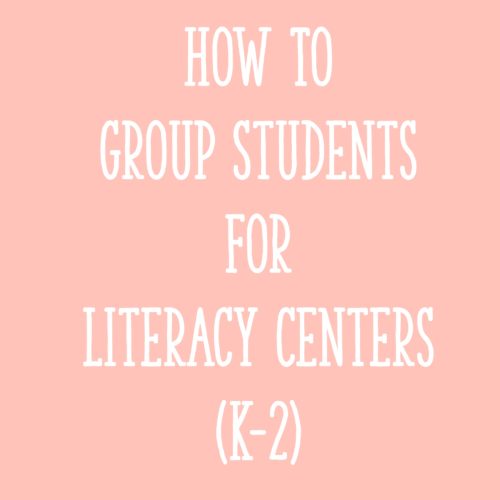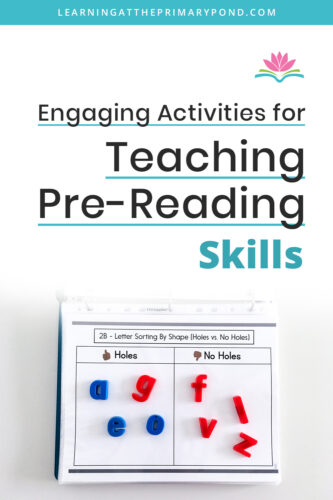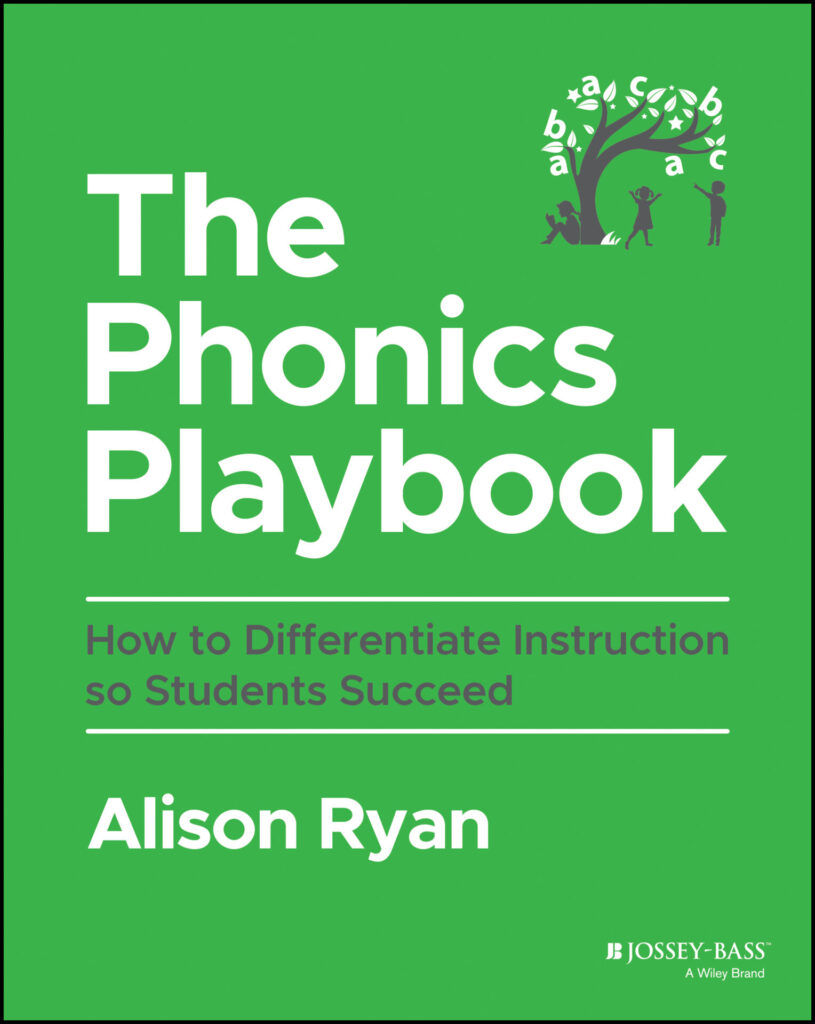If you’re an educator, you probably chose this career because you want to help kids succeed. But what about when a child struggles with reading? You may work with students having issues with:
- decoding
- fluency
- reading comprehension
- or all of the above!
What’s really tricky about reading challenges is that sometimes it looks like a student is struggling with one area, but there’s actually a hidden root cause that isn’t obvious at first.
For example, we might see that a second grade student has poor reading fluency and think, oh, we need to focus on building fluency and getting them to read more quickly! But it’s actually an underlying issue with decoding, because if you can’t decode the words, then you’re not going to read fluently.
Or maybe we have a fourth grade student who has poor reading comprehension. But what’s not being recognized is that the student isn’t decoding multisyllabic words correctly. If you don’t know what many of the words in a text say, then you’re not going to be able to understand the text.
Another thing to note is that most educators (even reading specialists!) don’t receive enough in-depth training or support so they can find and address the root causes for kids’ reading struggles.
So, I’ve developed a “Find the Why” method as a way to help support your struggling readers. In this blog post, I’m going to go through the process I use to help identify what to prioritize when working with readers who need a bit more support.
The resources and videos to complete this method come from my Reading Intervention Collaborative, a professional learning and group coaching membership for K-5 educators who want to support their struggling readers. (Our members include classroom teachers, reading specialists, special education teachers, tutors, and more.)
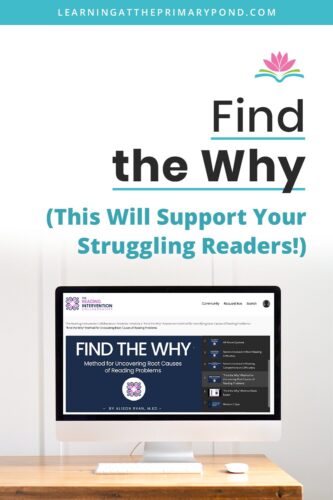
What is a Proficient Reader Profile?
Sometimes it’s good to start with an end goal in mind – what are we trying to help the student attain?
In order to be a proficient reader, a student must be skilled in decoding, be a fluent reader, and have strong comprehension. If we were to use an analogy and compare a reader to a well-developed tree, these three pillars (decoding, fluency, comprehension) would be the branches.
To have healthy branches, though, you need to have supporting roots. Here are those supporting skills to form a proficient reader profile:
- good working memory
- good phonological long-term memory
- phonological awareness
- phonics and orthographic knowledge
- a large sight word “bank”
- vocabulary & morphological knowledge
- understanding of syntax and grammar
- inferring ability
- self-monitoring ability
- background & text structure knowledge
- adequate attention
WOW! That sure is an all-encompassing list of reading skills! Thinking about all of this means we’re starting to break down what gaps there might be with a student who’s reading below grade-level. Going back to that tree analogy – issues start in the roots, which ultimately lead to breakdowns in the branches.
So let’s dig a little deeper (no pun intended…!!) into using the “Find the Why” method to identify what those issues could be.
What is the “Find the Why” Method?
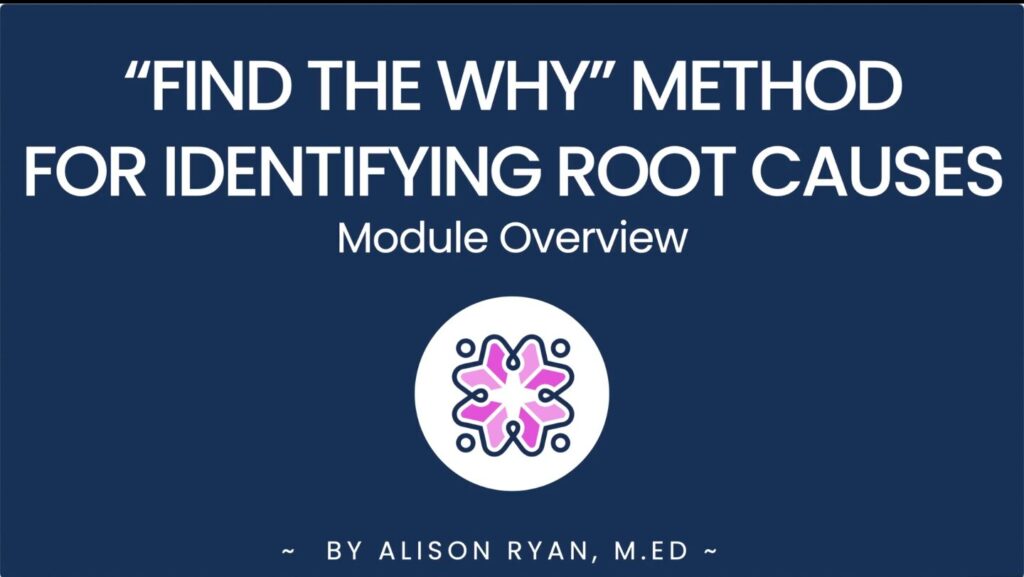
In order to pinpoint the factors at play, you need to complete a series of investigations and assessments designed to pinpoint which “roots” are weak for a reader. This will help you gather more in-depth info about the root cause. (This process is laid out step by step in the Reading Intervention Collaborative, with all accompanying materials!)
- Identify the behavior(s) that you are observing in the child.
– difficulty learning letter names and/or sounds
– difficulty with decoding and recognizing words
– difficulty with reading comprehension
Based on the answer above, you will complete a different series of assessments. (If you are observing multiple areas, complete each of those sections one at a time.) - Read through and answer each question in that section. If you have recent data available, you can use that.
- If you do need to gather additional data through assessments, you should administer several brief tests to the student. (The assessments are provided or linked in the Reading Intervention Collaborative.)
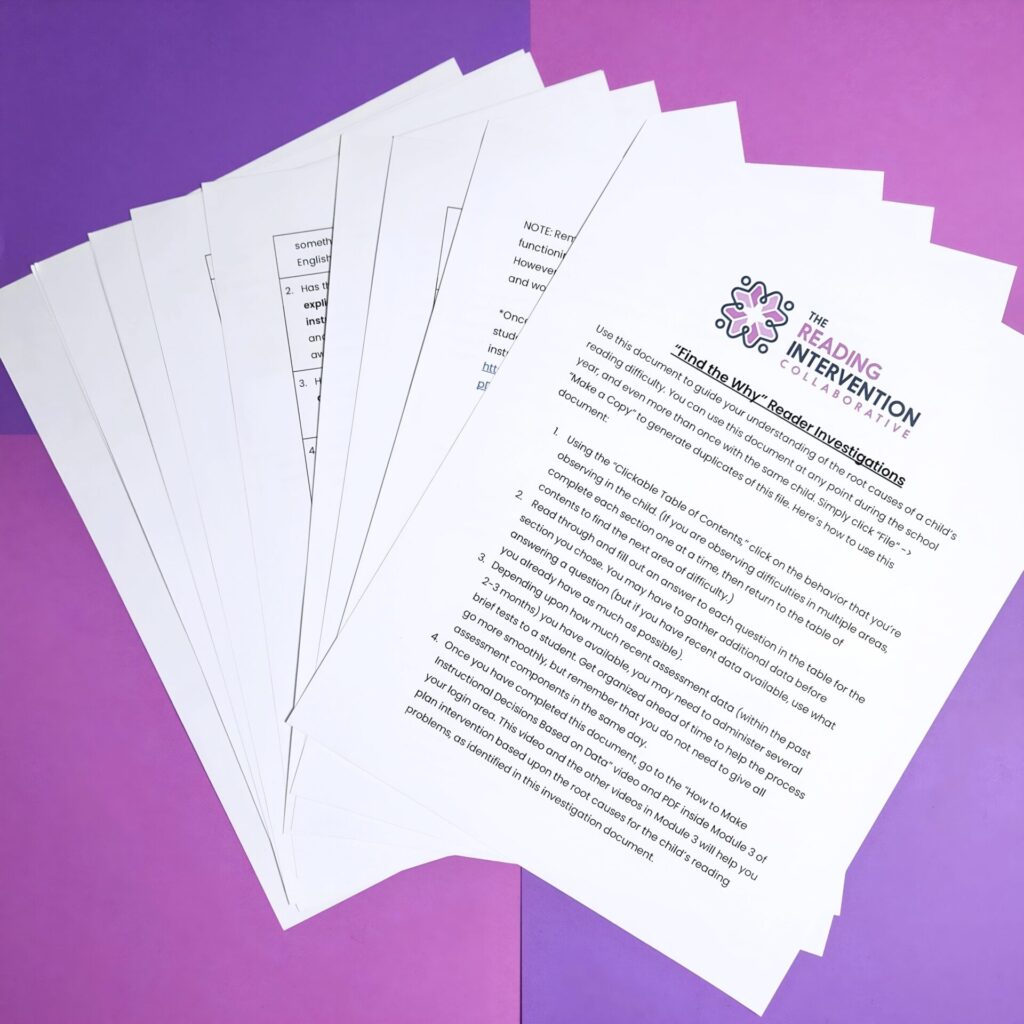
Here’s an example:
You’re noticing a student has trouble with phonics or decoding, nonsense word reading, reading fluency, or even comprehension. We want to investigate and answer certain questions about their decoding skills so we can sort out what’s really going on. (Again, decoding difficulties can disguise themselves as comprehension issues, especially in the middle to upper elementary grades.)
“Find the Why” will first provide some general boxes to tick – like the student’s primary language, their prior instruction, and vision and hearing.
But then we get into questions like:
- “How are the student’s phonological awareness skills?” (meets/exceeds expectations, slightly below, or far below)
- “How are the student’s phonics and decoding skills?” (meets/exceeds expectations, slightly below, or far below)
- “What specific phonics patterns/skills does the student struggle with?”
- “How is their reading fluency?” (not just reading speed, but prosody as well)
- “How is their listening comprehension? How is their reading comprehension?” (important to note if there are any differences, because strong listening comprehension + poor reading comprehension often = a hidden decoding issue)
What Comes After “Find the Why” Method?
Once you’ve completed the “Find the Why” document to get all of the data, you’ll complete a “Find the Why” Data Analysis. Reading Intervention Collaborative provides an entire module and resources to support you in completing all of this.
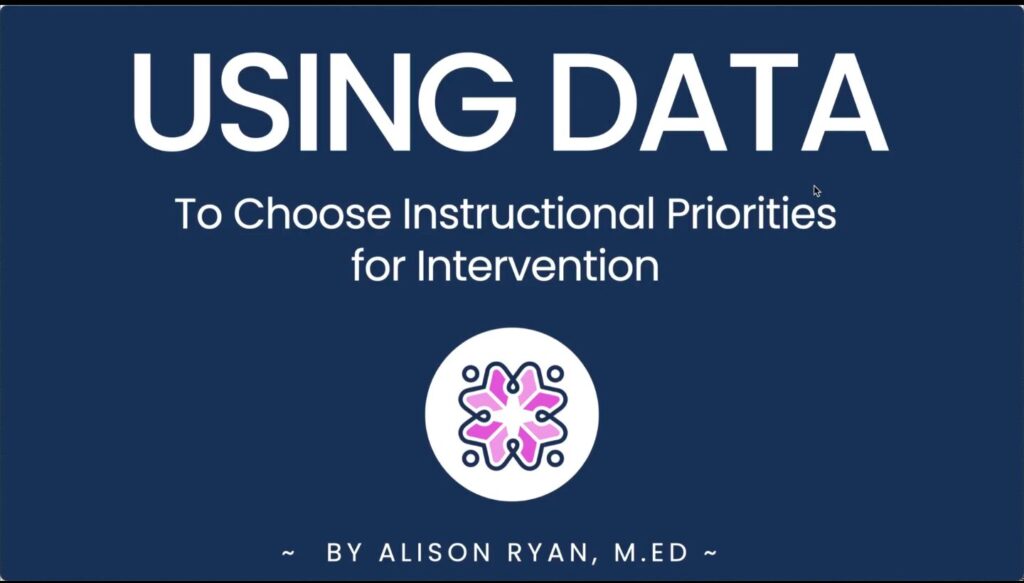
With this type of information, you can plan instruction and interventions based on the specific root causes identified in the “Find the Why” investigation.
Reading Intervention Collaborative provides support/materials on:
- How to Structure Effective Intervention
- Intervention Activities for Phonological & Phonemic Awareness
- Intervention Activities for the Alphabet
- Intervention Activities for Phonics (Decoding & Encoding) – this includes multisyllabic words
- Intervention Activities for Fluency (including High Frequency Words)
- Intervention Activities for Comprehension
- Intervention Activities for Vocabulary
- Monitoring Progress
Conclusion
This “Find the Why” process helps you go much deeper than just saying, “This child is struggling with reading.” Along with the additional Reading Intervention Collaborative support, you’ll be able to specify the skills a student needs to work on.
Time is precious, and knowing these little details about what a child needs to work on will help you make the most of your time and get them caught up in reading.
Click here to learn more about how the Reading Intervention Collaborative can support you and your students!
Happy teaching!


